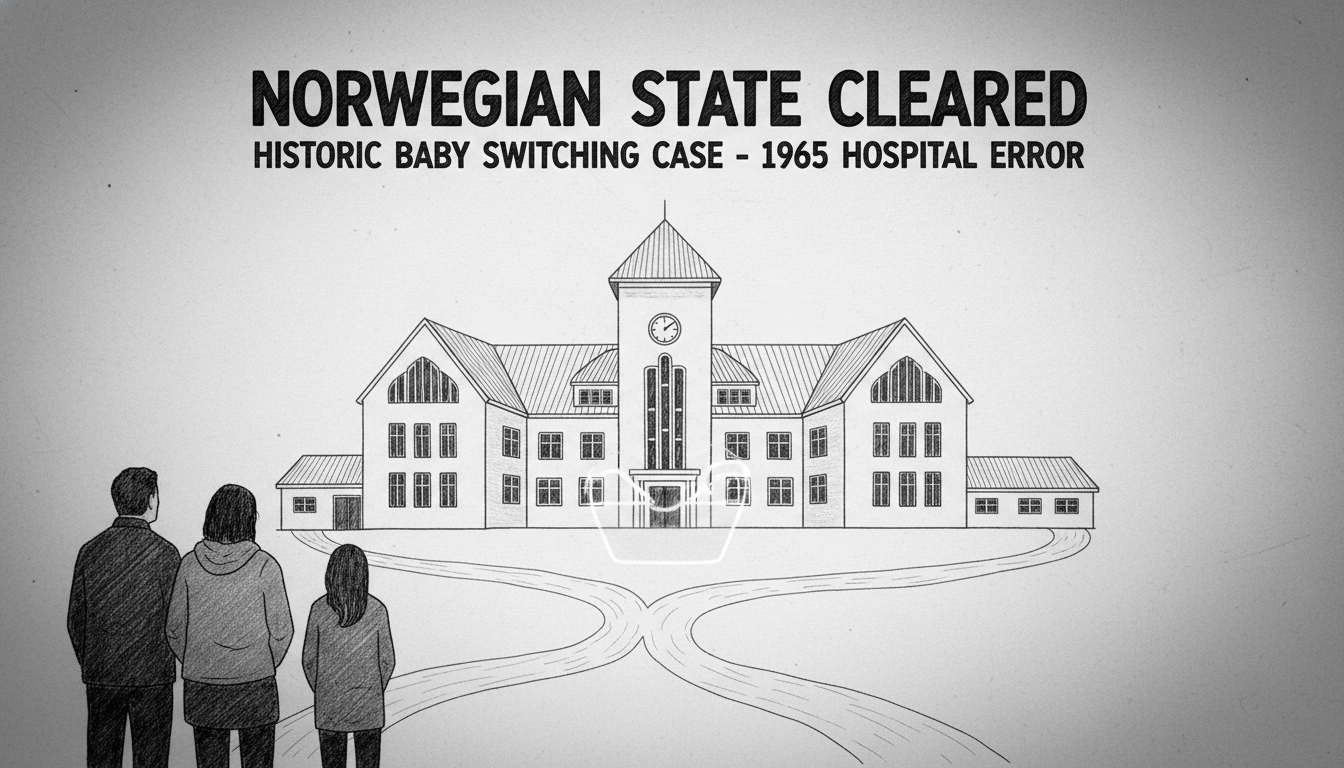A Norwegian appeals court has ruled in favor of the state in a landmark baby switching case that dates back decades. The Borgarting Court of Appeal confirmed the state bears no liability for human rights violations or compensation claims. This decision upholds an earlier ruling from the Oslo District Court.
The case involves two infants accidentally switched at birth in 1965. The incident occurred at a maternity ward in Herøy, a municipality in the Sunnmøre region of western Norway. The mistake remained undetected for years until a chance discovery revealed the truth.
Both switched individuals and one of the mothers initiated legal action against the Norwegian government. They sought compensation for the profound personal consequences of the hospital error. The plaintiffs argued the state violated their fundamental human rights through the switching incident.
Norwegian courts have now delivered consistent rulings at two judicial levels. The appeals court decision represents what could be the final chapter in this lengthy legal battle. The plaintiffs may consider appealing to Norway's Supreme Court, though such appeals face strict admission criteria.
This case highlights the lasting impact of medical errors that occurred before modern hospital protocols. Norway implemented comprehensive patient identification systems in subsequent decades. These systems now include multiple verification steps to prevent similar incidents.
The Herøy case bears similarities to other historical switching incidents across Nordic countries. Sweden and Denmark also documented rare cases from the mid-20th century. These cases typically emerged through accidental discoveries, often when individuals pursued genetic testing later in life.
For international readers, this ruling demonstrates Norway's approach to historical institutional accountability. The Norwegian legal system places high burdens of proof in cases involving events from many decades past. Courts must weigh contemporary medical standards against those prevailing at the time of the incident.
The decision raises questions about moral responsibility versus legal liability. While the court found no legal grounds for compensation, the emotional toll on affected families remains substantial. Such cases often prompt discussions about alternative resolution mechanisms beyond traditional litigation.
Norwegian healthcare has evolved significantly since the 1960s. The country now maintains rigorous patient safety protocols and error reporting systems. This historical case serves as a reminder of why those systems became necessary.
The ruling may influence how similar historical cases approach statute of limitations questions. It also demonstrates how courts balance individual rights against state responsibility for past institutional actions.

